AO Edited
Carrara
This small town was built around a marble quarry and named after one of the most famous sources of marble in the world.
The city of Carrara, Italy is justly famous for its marble, which has been used for building stone and statuary since antiquity. The town of Carrara, Nevada, aspired to the same fame but fell far short.
A deposit that seemed to be high-quality marble was discovered in the early 20th century, in metamorphosed limestone about 10 miles southeast of the better-known town of Rhyolite, and a quarry operation began in 1913. A Lidgerwood cableway, named for the manufacturer who was prominent at the time, brought blocks down to Carrara from the quarries on Bare Mountain, over a mile away (and some 1,400 feet higher).
The cableway was a continuous loop, in which the weight of the descending quarried blocks pulled the empty cars back up the mountain. The blocks underwent some final finishing at Carrara and then were shipped out by rail. At that time the Las Vegas and Tonopah Railroad ran to a junction with what was then the San Pedro, Los Angeles, and Salt Lake Railroad (now part of the Union Pacific) at Las Vegas—then a tiny railroad village. Vegas was hardly a market for building stone a century ago! When the LV&T went defunct in 1917, another railroad then in the area, the Tonopah & Tidewater, built a spur to the Carrara plant. It connected to the Santa Fe mainline at Ludlow, California.
Carrara’s heyday was only from 1915 to 1916, with production halted by the end of 1917. The town was largely abandoned by 1924. It turned out the marble just wasn’t of very good quality. Unlike its Italian namesake, which is remarkably uniform, it was prone to fracture along the vestiges of the sedimentary layering. But at its peak, Carrara was every bit as grandiose as other mining towns with a city fountain, opulent hotel, and some elegant residences. Water was even piped in from Gold Center, near Rhyolite.
Little remains today. Ruins of the marble finishing plant can be seen, as well as some old walls and foundations. There are also some pieces of polished marble lying around. Of note are the modern fences along the main highway and the major side roads. They have fine mesh, with openings about an inch across, right at the base. This is for the protection of endangered desert tortoises, which have a distressing tendency to wander out onto the roads and get run over.
About 1.5 miles northeast of Carrara, and about 3/4 mile off US-95, are some unrelated ruins. They are of the Elizalde cement plant, dating from the 1930s. Several photos of those ruins are also included for comparison.
Know Before You Go
The turnoff is on US-95 at Nye Co. mile marker 51. The townsite is only a hundred yards or so from the highway, on the east side (toward the mountains). From there you can continue straight up a steep, rough track along the old cableway route; high clearance is required, and 4wd desirable particularly at the upper end. Unfortunately, however, at least as of 2011 the old quarries were not accessible to the public.







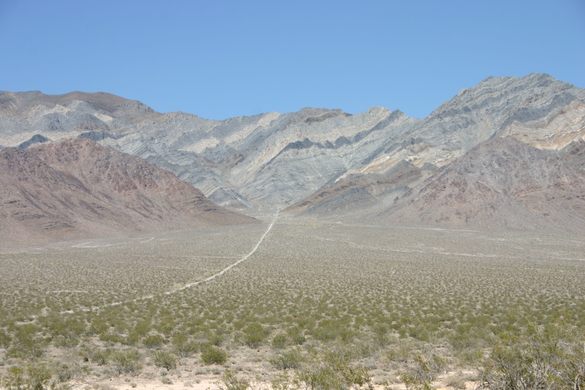

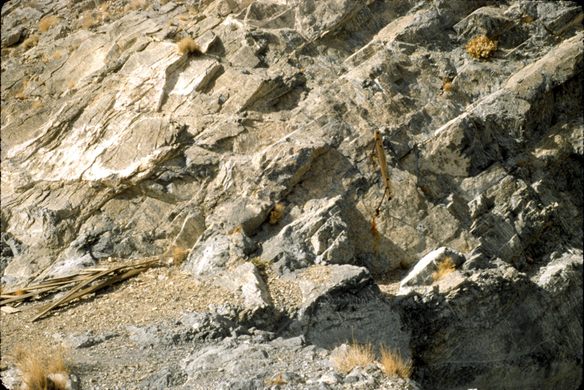














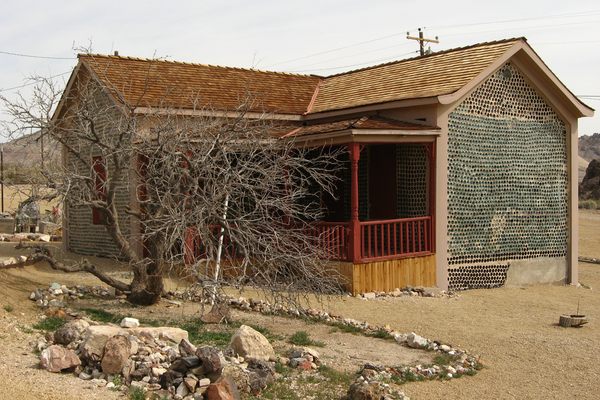
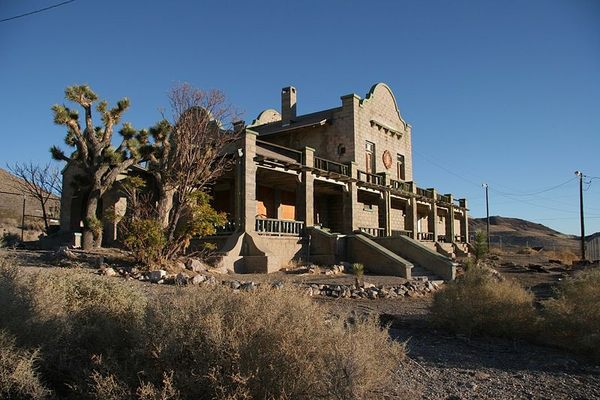

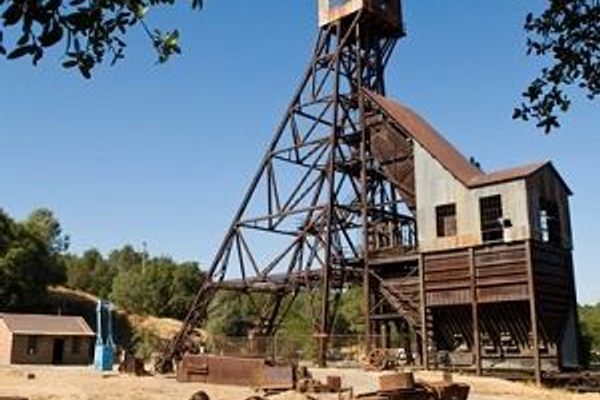



Follow us on Twitter to get the latest on the world's hidden wonders.
Like us on Facebook to get the latest on the world's hidden wonders.
Follow us on Twitter Like us on Facebook